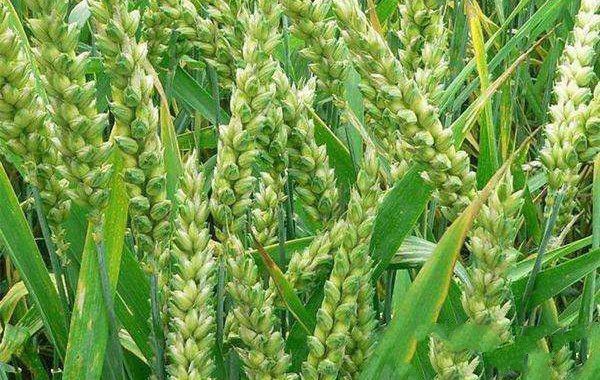
News briefing:

News briefing:
Now entering April, the incidence of wheat scab is very high. Wheat head blight is a common disease and one of the main diseases. In addition to reducing yield, there is also toxicity; wheat suffering from such diseases will naturally not be sold, so everyone should pay attention to it. This article will mainly discuss the main points of prevention and control of wheat scab in order to provide farmers with reference.
The incidence characteristics of wheat head blight
The damage caused by scabs is very "comprehensive". It can be damaged from seedling to heading, mainly causing seedling rot, stem base rot, stalk and ear rot. The most serious damage is earwax.
1 Seedling rot is caused by the infection of seeds or diseased bodies in the soil. At the beginning of the disease, brown buds appear, followed by root rot; depending on the severity of the disease, the disease is yellow, thin, or even dead. If the diseased plant is moved by hand, the rot is easily broken, and the cracks are brown with sticky decayed tissue.
2 The stalk rot may also lead to browning and decay of the base tissue of the wheat plant from seedling to maturity, until the entire plant dies.
3 Stem rot showed water-stained chlorosis spots on the leaf sheath at the beginning of the disease, and then expanded into light brown to reddish-brown irregular plaque lesions, which may also spread to the stem. When the condition is severe, it will cause the diseased area to turn yellow, sometimes unable to pull out the head or the yellow ears.
4 Ear rot showed light brown stained spots on the spikelets and glumes, and then gradually spread to the entire spikelet, and the spikelet was yellow. Earwax is affected by humidity. When the humidity is high, there will be a pink glue layer on the lesion. In the late stage of the disease, there are dense small black spots, that is, ascospore shells. After that, it spread to the corn on the cob, and the diseased part was brown, causing the spikelets above the affected part to form dead white ears.
5 Pathogens overwinter on the residues of various host plants in the form of ascospores, mycelium and conidia. With their tenacious saprophytic ability, northern wheat can continue to grow in wheat stalks, corn stalks, bean stalks, and rice stalks. Wait for the plant residue to survive. Soil and diseased seeds are also important overwintering sites. Ascospores, conidia and diseased seeds on diseased bodies are the main sources of infection in the next growing season.
6 Ascospores are spread by air currents, wind and rain. Spores germinate on wheat ears to produce hyphae. The hyphae first spread outside the glumes, then enter the spikelets through cracks and invade the anthers. In damp conditions, conidia can be produced on the affected part, which can then be infected by air and rain.
0×251d
Control Method Number of Wheat Head Blight
1 On-site management: On-site management is very important. We need to plow cockroaches in time to reduce the source of bacteria.
2. Choose high-quality varieties: Choose disease-resistant varieties, which is conducive to prevention and control. Resistant varieties, appropriate plant height varieties, consistent heading varieties and neat seedlings should be selected.
3 Reasonable top dressing: Top dressing should be done in time according to site conditions. If the top dressing time is too late, it will cause the bacteria to mature late and prolong the infection period, thereby increasing the chance of infection.
0×251e
4. Choose good medicine: use 12.5% Jinggangmycin wax bud or methylthiobacillus to control. 12.5% Jinggangmycin wax bud is the product of Bacillus cereus and Jinggangmycin biosynthetic culture. It can not only effectively control crop fungal diseases, reduce Jinggangmycin resistance, but also improve the control effect, and has the effect of increasing production. Methiophane is a benzimidazole broad-spectrum system bactericide with a good bactericidal effect. Interfere with the formation of the mitotic spindle and affect the cell division of pathogens, thereby achieving a bactericidal effect.
Date of opening:1970-01-01 Shop address: Main products: Store certification time:1970-01-01 08:00:00
Store Name: Principal: Contact number: email: